- Home
- slideshows
- miscellaneous
- Elon Musk's 'UFO on a stick' devices for Starlink satellites may turn subscribers into the SpaceX internet service's greatest asset
Elon Musk's 'UFO on a stick' devices for Starlink satellites may turn subscribers into the SpaceX internet service's greatest asset
Musk has said grabbing just 1-3% of the global telecommunications market through Starlink could pocket SpaceX tens of billions per year in revenue — much more than it may ever make launching rockets.

dSpaceX can launch 60 roughly desk-size, 500-pound satellites at a time into space within the nosecone of its Falcon 9 rocket system.
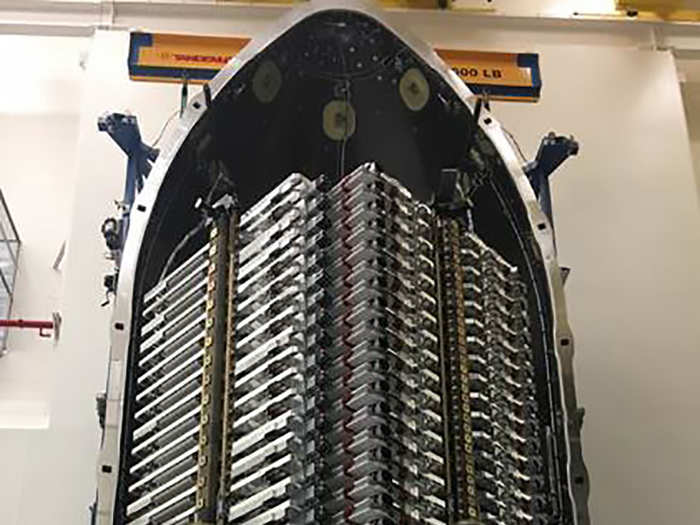
Source: Business Insider
In early 2019, Musk said it will take about 400 satellites to establish "minor" internet coverage and 800 satellites for "moderate" or "significant operational" coverage. The immediate major goal is to deploy about 1,500 satellites about 340 miles (550 kilometers) high.
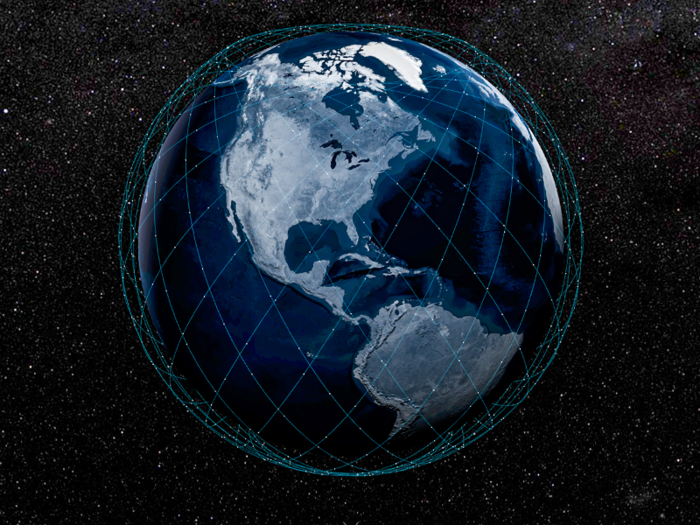
The internet, in its simplest form, is a series of connected computers. How and where the computers are connected makes a significant difference to many users, though. SpaceX's gambit with Starlink is make access faster and more widespread, yet less laggy and expensive.

A lot of our data is sent in pulses of light through fiber-optic cables. More packets of information can go farther with a stronger signal that way than they could via electrical signals sent through metal wires.
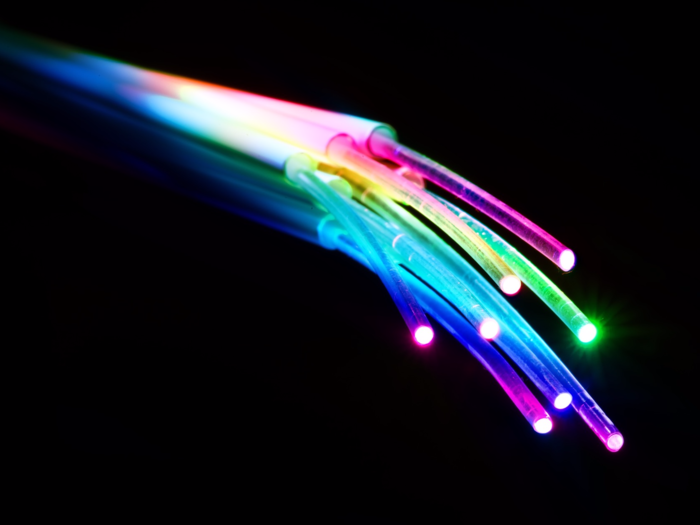
Source: Business Insider
But fiber is fairly expensive and tedious to lay, especially between locations on opposite sides of the Earth.
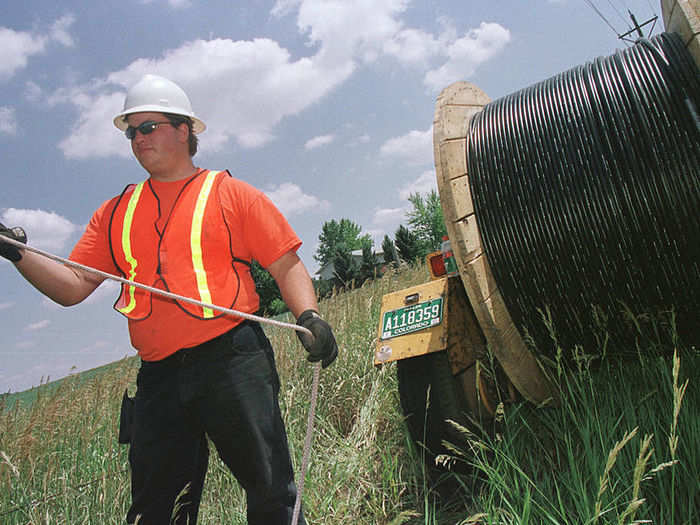
Even within a country, achieving a direct wired path from one location to another is rare. Relying on ground cables also leaves many regions poorly connected.
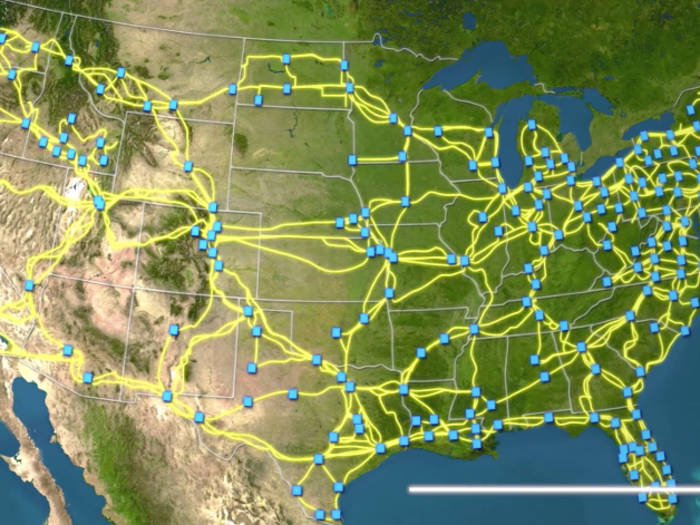
Cables have a speed limit, too: Light moves through the vacuum of space about 47% faster than it can through solid fiber-optic glass.
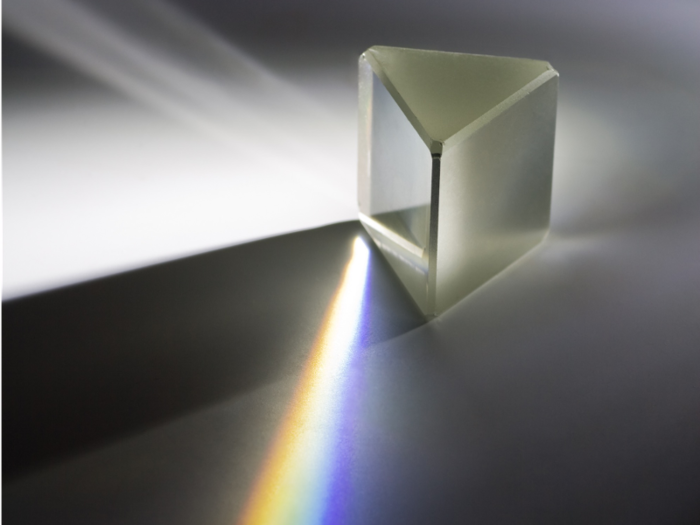
Source: Florida State University
This isn't an issue for normal browsing or watching TV. But over international distances, Handley previously said, it leads to high latency, or lag. The time delay is especially pronounced in long-distance videoconferencing and voice calls made over the web.

Data beamed over existing satellites is some of the laggiest. That's because nearly all those spacecraft orbit from 22,236 miles (35,786 kilometers) up, where they can "float" above one location on Earth. That's enough distance to cause a more than half-second of lag.
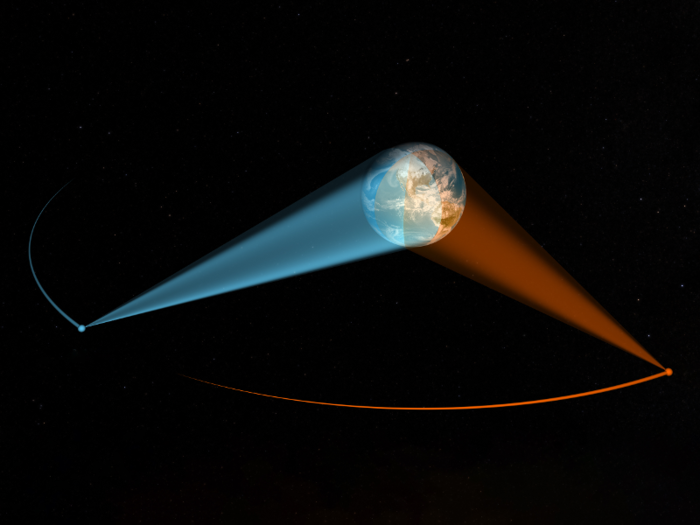
Source: University College London
Handley said that latency matters most to financial institutions. With markets that move billions of dollars in fractions of a second, any delay can lead to big losses over a competitor with a less laggy (and thus more up-to-date) connection to the web.

Shuttling data around the world via satellite — and mostly through the vacuum of space, not glass — should cut that lag while also providing screaming-fast internet service almost anywhere on Earth.
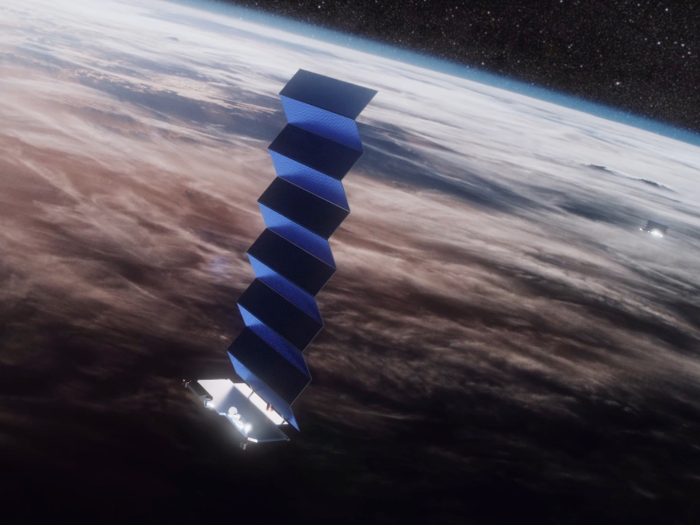
Source: Business Insider
SpaceX deploys each flat-packed stack of 60 satellites by very slowly rotating it in microgravity, causing it to spread like "a deck of cards on a table," Musk said in 2019.

Source: Business Insider
From there, the satellites will use Hall thrusters (or ion engines) to rise to an altitude of about 342 miles (550 kilometers). This will be about 65 times closer to Earth than geostationary satellites — and that much less laggy.
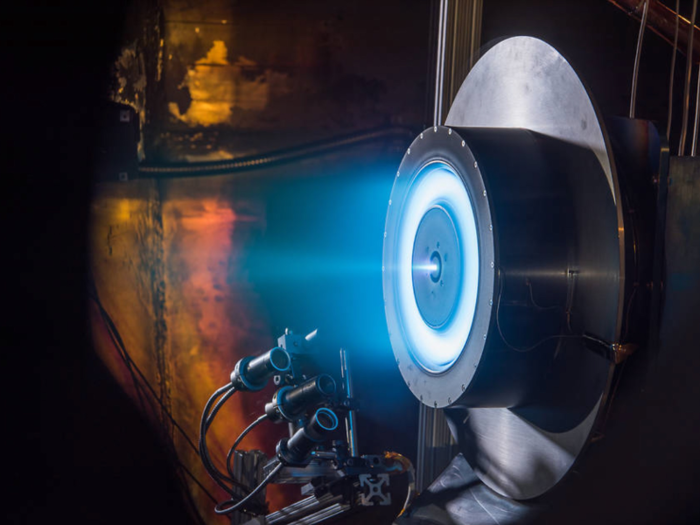
Final Starlink spacecraft will link to four others using lasers. No other internet-providing satellites do this, Handley said, and it's what would make them special: They can beam data over Earth's surface at nearly the speed of light, bypassing the limitations of fiber-optics.
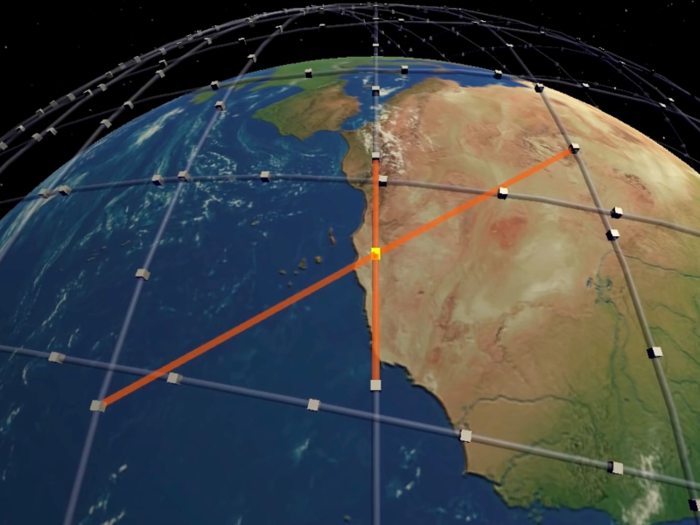
Source: University College London
But for now, none of the Starlink satellites have laser beams. Gwynne Shotwell, SpaceX's president and COO, told reporters in October that laser interlinks won't be working until late 2020 at the soonest.

Source: CNN
Until then, Musk says the company will link them via ground stations. A handful of sizable yet steerable antennas that can track satellites will be used to "talk" to the satellites.
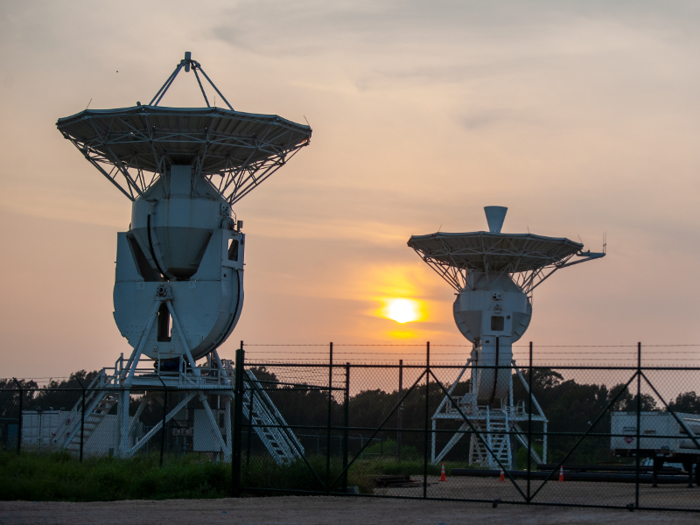
There are also small user terminals for the customers to connect — the ones Musk he said look like "a UFO on a stick" or, previously, "a sort of a small- to medium-size pizza." (Though he or SpaceX has yet to show a picture of one.)

Source: FCC
That's small enough to add to a home. "There's also no reason one of these couldn't be flat and thin enough to put on the roof of a car," Handley said.
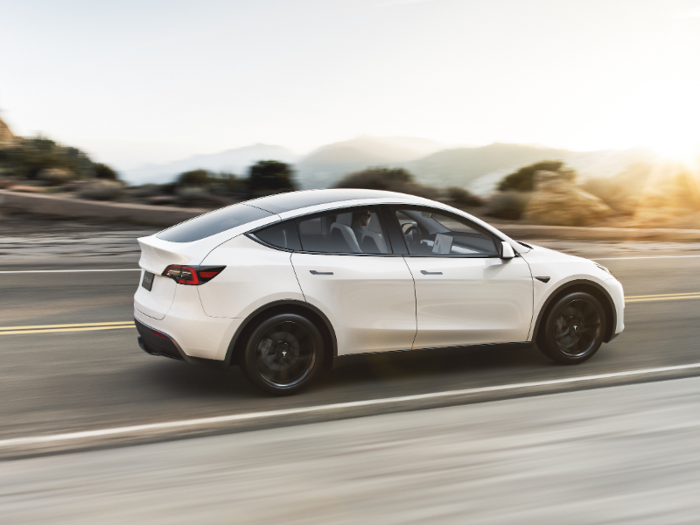
Musk said Starlink terminals would also easily fit on ships, airplanes, and other mobile devices, enabling these vehicles to have better broadband connections than what's available today.

Musk said just 1,000 satellites are required "for the system to be economically viable." He noted that's "obviously a lot of satellites, but it's way less than 10,000 or 12,000."
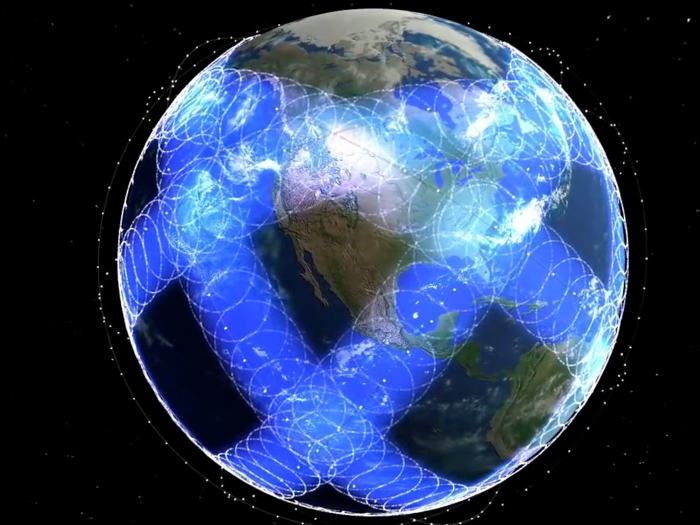
But according to SpaceX's FCC filings, the company expects to operate 1 million ground stations. Handley thinks the small terminals will not just download and upload one user's data, but also act as critical nodes before the laser links are ready — turning customers into a kind of global mesh network.
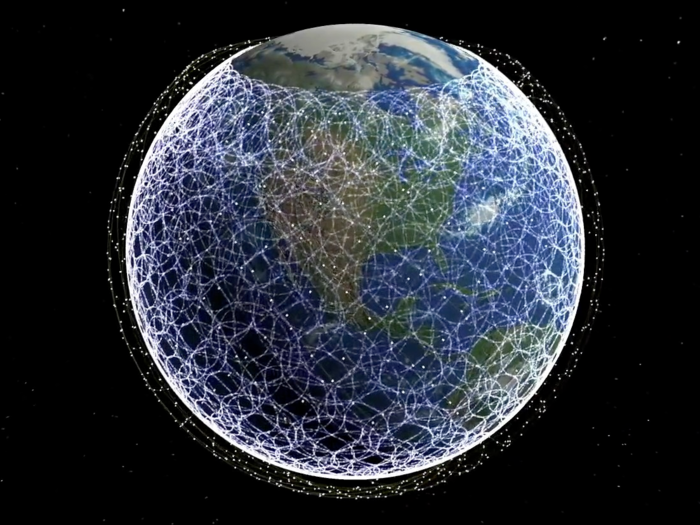
Source: FCC
Handley and others previously assumed SpaceX would only use lasers because they took the most direct (and fastest) path through space. But Handley's new analysis of Starlink's network suggests turning customers into relays would make the network even faster and more resilient.
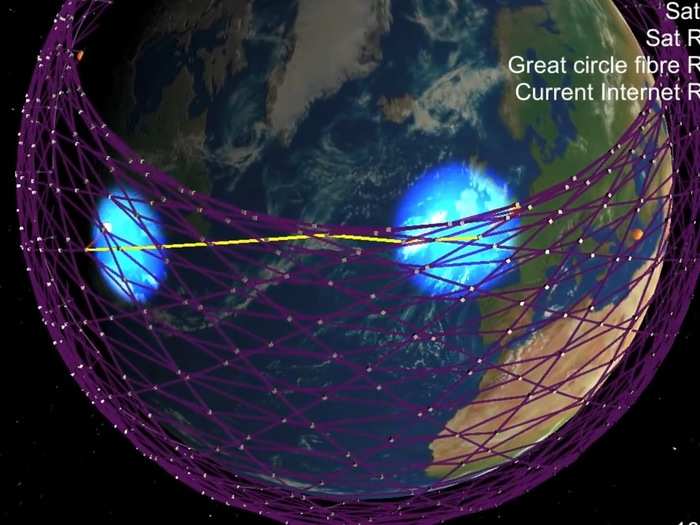
Without lasers, data could get to and from computers around the world through Starlink by bouncing from satellite to user terminal to satellite and so on in a light-speed daisy-chain.
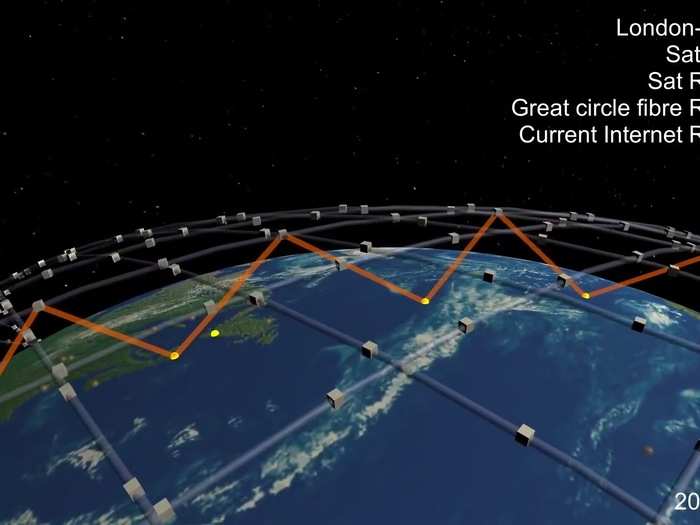
Handley calculated this would significantly beat the speed of the current internet, and even an ideal one made entirely of uninterrupted fiber-optic cable.

And as more users sign up and plug in their UFO-like terminals, Starlink satellites overhead may have more options for building optimal paths to transmit data.
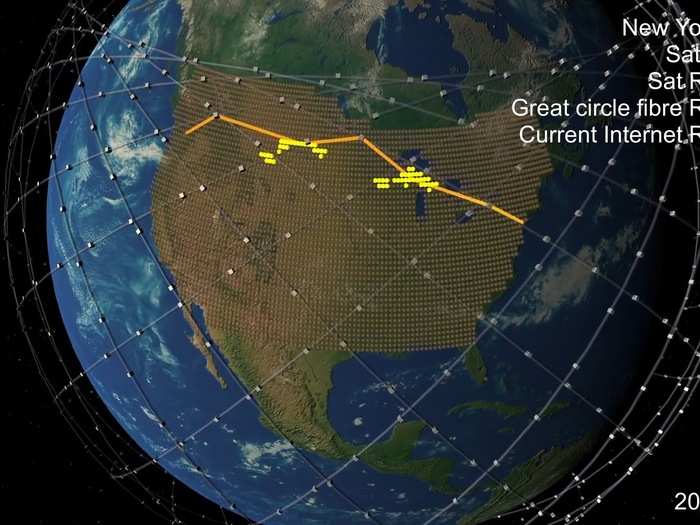
Customer terminals also solved a problem Handley previously saw with planned laser links: Due to the arrangement of the satellites in space, some connections — like London to Johannesburg — had to go out of their way, causing them to be slower than fiber-optic cables.
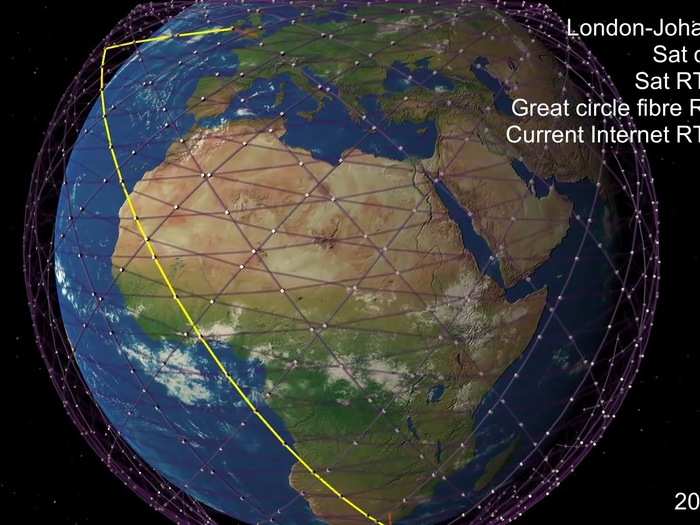
Using terminals alone made the trip much quicker, according to his model.

Mixing both the laser links and user terminals, though, provided the fastest of any solution to shuttle internet data to and from a location.
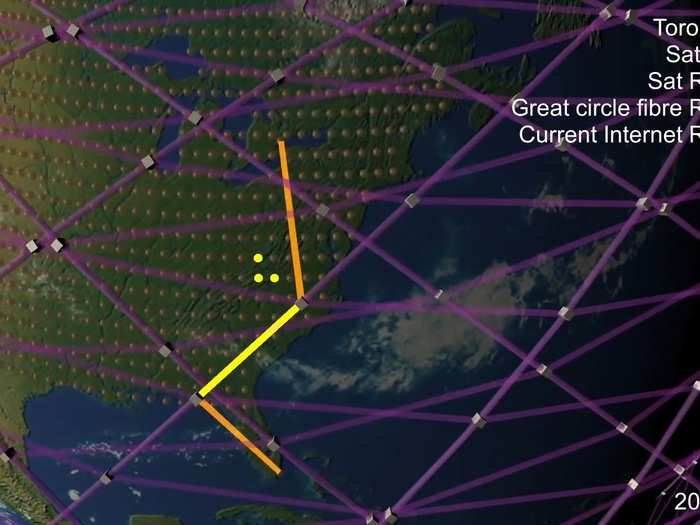
One hurdle SpaceX needs to overcome before laser links are available: Oceans. Though ground stations strategically placed on islands could close the gap. Handley suspects terminals attached to ships would still be needed.

But even Handley doesn't see too much of a problem. "Ships aren't cheap, but they're not cheaper than rockets. So this is probably doable," he said in his video.
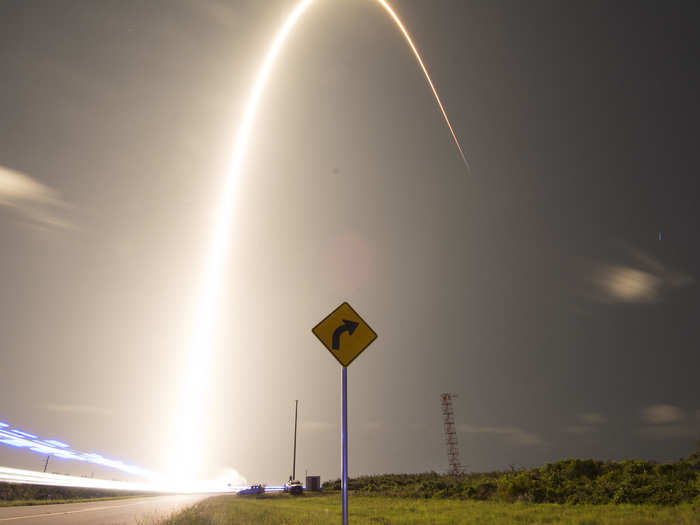
It might be even cheaper for SpaceX to put ground stations close to fiber-optic cables and use them to bridge the divide, at least until the lasers become available.
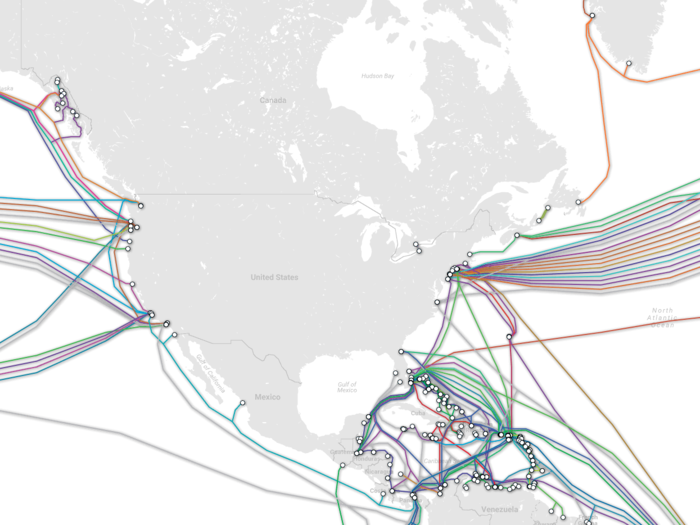
In any case, the data won't magically know which path it should take; SpaceX will have to constantly calculate the locations of all its satellites and ground stations. But Handley said he was able to compute that in negligible with his personal computer "with a few devious tricks inspired by how game engines work."
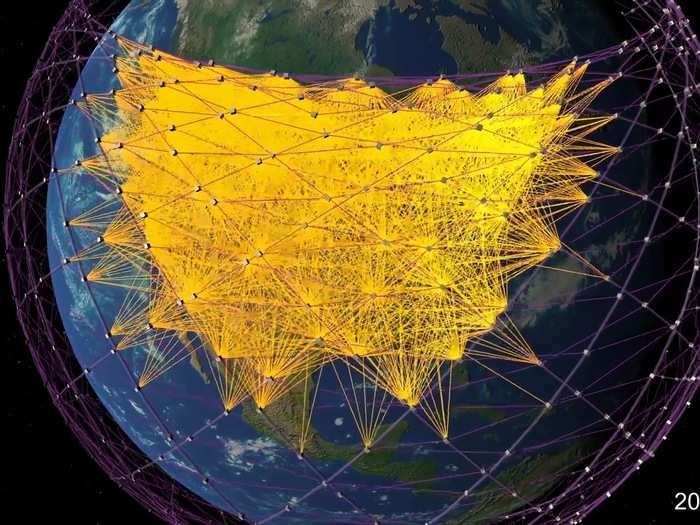
Watch Handley's complete speculative explanation about how Starlink might work below.

Popular Right Now
Popular Keywords
Advertisement